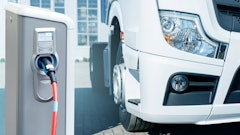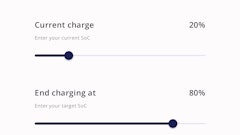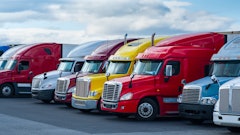
A recent University of Michigan team survey of U.S. fleet managers on fuel usage, fuel economy and fuel-saving technologies turned in some interesting results, according to phys.org, including the fact that managers of the smallest fleets said that a $3.50 price of diesel per gallon would make them seek out fuel-saving technologies, while managers of all other fleets (and all fleets overall) said the price point would be $3.00.
The survey results, released in conjunction with the American Transportation Research Institute, include responses from nearly 100 heavy-duty fleet managers who operate more than 114,500 truck-tractors and haul 9 billion tons of freight across 1.8 billion miles annually.
Other results the researchers found include:
- The median heavy-duty fleet fuel economy was 6.5 mpg. While that number may sound low, the researchers point out that these trucks haul tens of thousands of pounds at a time, whereas passenger vehicles weigh only a few thousand pounds each.
- Every heavy-duty fleet in this survey currently uses diesel fuel, with biodiesel blends B5, B10 and B20 being the most common alternatives.
- The most popular fuel-saving technologies on the truck-tractor were aluminum wheels, speed limiters and low-rolling resistance dual tires. The most common fuel-saving technologies on trailers were low-rolling resistance dual tires, aluminum wheels and weight-saving technologies. Larger fleets tended to more often utilize monitoring technology that would notify drivers and fleet managers if they exceeded certain speeds, but smaller fleets tended to utilize on-truck technologies.
- Nearly all fleet managers feel that new EPA heavy-duty emissions regulations will lead to higher truck operating and truck purchase costs.
New standards from the EPA and the National Highway Traffic Safety Administration require that emissions reductions begin in 2017.
"Reducing transportation-related emissions will likely gain even more importance in the coming years, as the push for greater greenhouse gas reductions comes not only from regulators within the U.S. but also on an international level," said Brandon Schoettle, project manager at the U-M Transportation Research Institute and lead author of the new report. "And as the economy improves, the challenge increases for heavy truck fleets because people start buying more products and more of them need to be moved around."
To read more, click here.






























